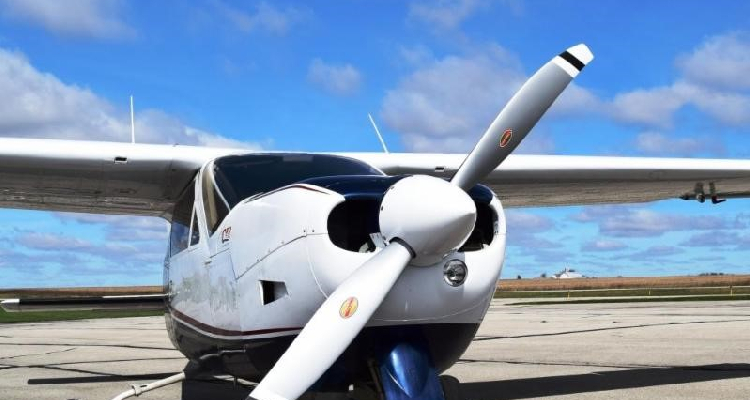
Aircraft propellers are not just simple blades attached to an engine; they're sophisticated components that require meticulous care to function optimally. Among the key aspects of propeller maintenance are balancing and tracking, which can have a significant impact on the aircraft's performance and lifespan. This article dives deep into the basics of propeller maintenance, specifically focusing on balancing and tracking.
Importance of Balancing and Tracking
Improved Performance
Balanced and well-tracked propellers are essential for the smooth operation of your aircraft. It reduces vibrations, thereby enhancing the flying experience and prolonging the lifespan of the engine.
Safety
Unbalanced and poorly tracked propellers can lead to vibration-related issues, which can compromise the structural integrity of your aircraft Safety.
Balancing Basics
Balancing a propeller involves adjusting its weight distribution to reduce vibrations effectively. Here's how you can do it:
- Initial Inspection: Before you start, check the propeller for visible damages, cracks, or deformities.
- Static Balancing: This is done on a balancing jig, where you place the propeller horizontally to check if it remains level.
- Dynamic Balancing: Conducted while the engine is running, dynamic balancing uses specialized equipment to measure vibrations and recommend adjustments.
Tracking Basics
Tracking refers to ensuring that each propeller blade follows the same geometric path while rotating. To check tracking:
- Visual Inspection: Examine each blade's condition and alignment.
- Measurement: Use a tracking gauge or similar instrument to measure the tips of the propellers as they rotate.
- Adjustment: If needed, adjust the pitch or position of the blades to correct tracking.
Frequently Asked Questions
What are the benefits of balancing and tracking my propellers?
Balancing and tracking enhance aircraft performance by reducing vibrations, which in turn improves engine longevity and safety.
What is the difference between static and dynamic balancing?
Static balancing checks weight distribution on a stationary propeller, while dynamic balancing involves running the engine to measure and correct vibrations.
How often should I check propeller balance and tracking?
Routine checks should be part of your annual maintenance schedule. However, if you notice excessive vibrations, it's best to perform these checks immediately.
Conclusion
Balancing and tracking your aircraft's propellers are integral to safe and efficient flying. Both tasks require attention to detail and can be done as part of your routine maintenance schedule.
